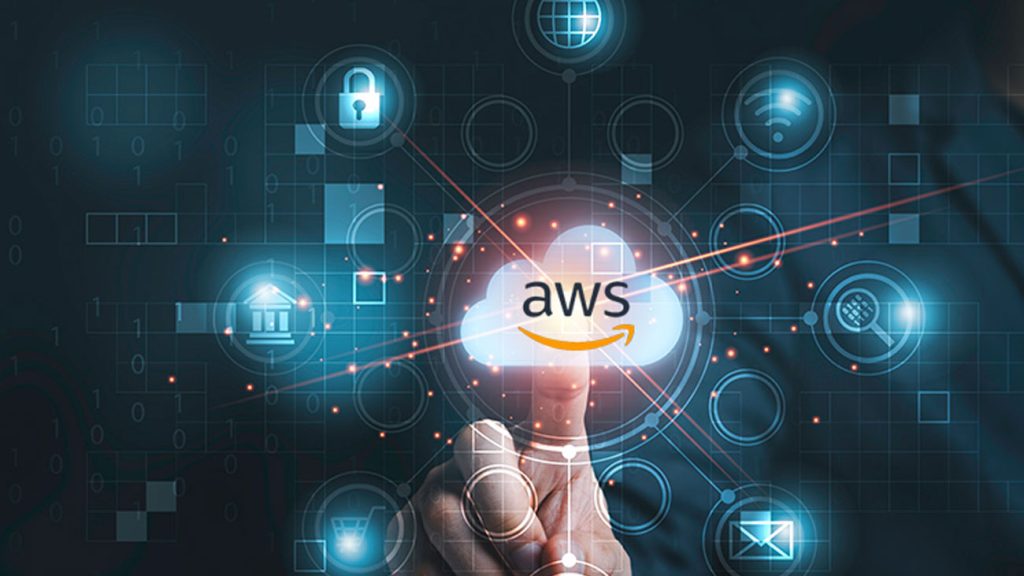In this short series, I outline the notes that I took while preparing for the AWS Cloud Practitioner exam.
These are my personal notes that I have made while working through the A Cloud Guru exam practitioner course. They are in no way official notes from AWS.
I would advise you that if you do use my notes to help you revise for this exam, that you use them as a supplement to the most recent information in the White Papers, Exam Guide and go over your knowledge with practice exam papers.
Previous notes within this blog series:
- Cloud Computing and the Topics To Cover
- AWS Global Infrastructure
- AWS Cost Management
- Identity Access Management (IAM)
- Simple Storage Service (S3)
- CloudFront
- Elastic Compute Cloud (EC2)
- Roles
- Load Balancers
- Databases
What is DNS?
- Route53 is Amazon’s DNS Service.
- DNS (domain name system). Way that computer’s to resolve domain names to individual IP addresses
- Can be used to redirect traffic all around the world
- You buy (register) domains in AWS via Route 53. Named after the famous Route 66 highway in America but it’s called 53 because that’s the port that’s used(?)
- If you buy a domain, make sure you have an S3 bucket with the same name
and set up static website hosting on the bucket and set up a bucket policy (don’t forget to update the Amazon Resource name!) - May take about 3 hours to create the new domain. Once it’s registered, you’ll receive an email and it will appear in Hosted Zones”
- DNS is global, similar to S3
Configure your DNS
- Create a record set
- Make it an Alias record e.g. this will mean that it’s a naked domain (there’s no www just kayleigholiver.com)
- Select your Alias Target. The S3 bucket needs to have the same name as the DNS record

